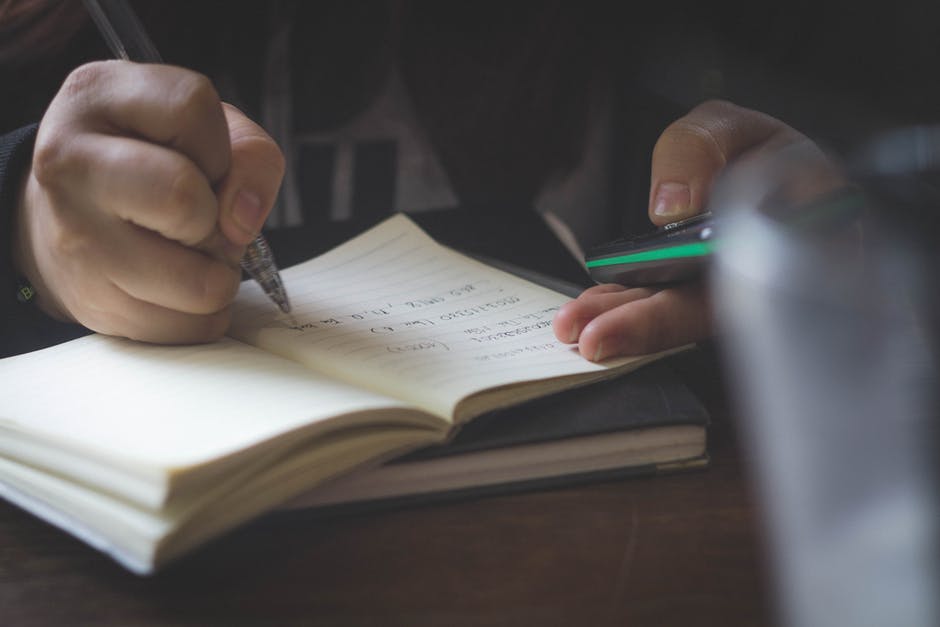
The 5 Best Note-Taking Strategies
Have you ever tried to learn something and find the information goes from one ear and out the other or you experience memory fog? Experiencing this can put a damper on your true capability to learn.
During your student years, you are at the prime of your life to learn knowledge and gain insight. The subjects you take, the languages you want to speak, and the skills you want to try all require time to reach competency.
There’s proof that note-taking helps increase your ability to learn and retain information. If you’re bad at taking notes or want to find better ways to improve what you remember, read this guide for tips.
1. Concept Mapping
Mapping is one of the most helpful note-taking strategies you can use to improve your study skills. If you are a visual learner, you will find it perfect for organizing your notes while separating or connecting topics and ideas.
Each page you make is organized by topic. The main point should be the primary focus followed by the subtopics with added information that branches out. While you are in class, you can start creating the main topic and create a heading for subtopics.
If you are doing a paper on black history, for example, this will be the main topic. Subtopics may be important people in the movement and the roles they did.
Everyone’s map will look different. You can create bubbles, odd shapes, or characters when creating your map. There are also templates.
2. The Cornell Method
Writing your notes using the Cornell method allows you to organize your notes into easy to read summaries. Instead of having to skim or rummage through notes to find what you need, this method allows you to see the details, main idea, and summary with ease.
On any paper, you divide the notes into 3 sections: one for cues, notes, and a summary. You write notes during class then cues followed by the summary. Remember to keep cues and summaries short and sweet.
3. Annotating Notes
Taking advantage of technology is a great way to write notes when you don’t want to use a pen and paper. Annotating notes, or the “Write on Slides” method, offers this. If you have a PowerPoint presentation on hand and you’re on the lazy side to transfer the information elsewhere, you can add onto the slides.
Most schools allow you to use your laptop while your professor is lecturing in class, so try this if you are tech-savvy. With the right app, you can also underline, bold, highlight, or circle important things you want to stand out.
If your professor sends you a video you want to take notes from at another time you can use a youtube to mp3 converter for mac to extract the audio. Of course, there are also recorders available for Windows, but 9/10 students that own a laptop use MacBooks at school.
Why not? The MacBook Air is rated as one of the best laptops for college students due to its portable size and excellent specs.
4. Matrix Notes
Matrices are another excellent option to take notes as it allows you to categorize and organize information concerning the aspects of a topic. Matrices are tables where you create topics for every column and list any comment aspects. It provides clear key ideas and relationships for students and leads to enhanced higher-order thinking.
It is a great way to condense notes previously taken when you use the Outline Method. Although outlining notes is great for those who prefer simple-looking notes, a major downfall is that the notes can become jumbled and stuffy. This makes reviewing notes at a later time overwhelming.
When you create matrix notes you can organize information through headings. You could also make tables to highlight and compare any topic and connections. When you are using this type of note-taking, it’s best to make it after a lecture, rather than during.
5. Box and Bullet
A personal favorite for many students is often the box and bullet method. If you love aesthetics when taking notes and find it helpful to doodle, this strategy is meant for you. You can turn a black sheet of paper into visually helpful content that represents your thought process.
There is no limit to what you can do. You add images and maps to help you out as you jot information. Although this method may be the most time-consuming to make, it is the most effective at helping students retain the information. Sketching while adding notes allows you to connect thoughts with dates, people, or complex terminology easier.
This type of note-taking allows you to format your notes in a way you can understand it. It doesn’t matter if it makes no sense to others. So long as you are smart and systematic with what you write and what you add, the bullets, dashes, arrows, and images you create allow you to condense data you will remember.
Improving Your Note-Taking Skills
Everyone has a different way of learning. Some people are visual learners, some people are speech learners while others learn best by ear. You don’t have to be a jack-of-all-trades and do taking when it comes to note-taking.
Try something new to see what works for you. The most powerful way to build your memory skills on what you learn is through notes.
They provide a few to help you review and can increase your focus and concentration. You’re sure to ace your tests as a student this way. Don’t forget the 5 R’s of note-taking. You should record, reduce, recite, reflect, and review your notes. How well do you think you can take notes now?
If you are looking for more ways to learn, feel free to read other posts on our website to get informative content.
